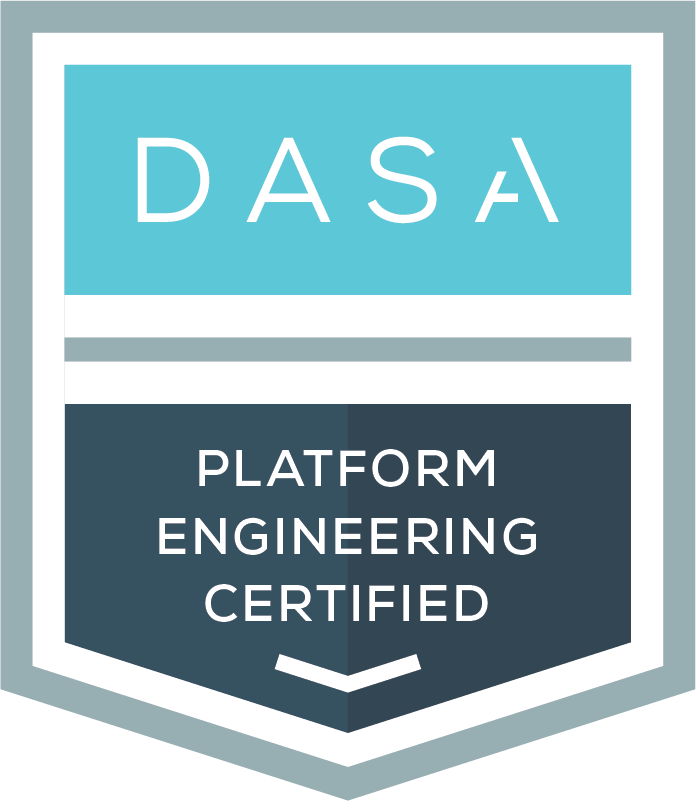In recent years, software development has only become more complex – with an expanding array of tools, frameworks, and methodologies, developers simultaneously have a plethora of resources at their disposal, while also being hindered by the demands of integration and management. To navigate these challenges and enhance productivity, platform engineering has emerged as an essential practice that streamlines processes and maximizes the potential of development teams.
The Challenge: Complexity in Modern Development
Modern development environments have grown significantly complex over the past decade. The adoption of cloud-native architectures, microservices, and distributed systems has introduced basically infinite combinations of technologies. While these innovations provide flexibility, they often divert developers’ focus toward managing configurations, integrating disparate tools, and addressing maintenance tasks. Studies suggest that up to 38% of developers’ time is spent on activities unrelated to core coding.
This diversion of effort not only reduces productivity but also exposes systems to vulnerabilities. Incidents such as the Log4j vulnerability underscore the risks inherent in rapidly evolving technological ecosystems. Furthermore, fragmented workflows and siloed tools exacerbate inefficiencies, leading to delayed project timelines, higher operational costs, and developer dissatisfaction.
Platform Engineering: A Strategic Solution
Platform engineering addresses these challenges by creating integrated environments that reduce complexity and enhance efficiency. A well-designed platform serves as the foundation of the software delivery lifecycle, enabling seamless collaboration and workflow automation. By offering self-service capabilities, consistent governance, and dynamic scalability, platforms allow developers to focus on delivering high-quality code.
Successful platforms also evolve through continuous feedback and adaptation. They address both technical and operational challenges, ensuring alignment with organizational objectives and fostering an environment where developers can thrive.
Enabling Developer Satisfaction Through Platform Engineering
Development platforms can enhance developer satisfaction by minimizing digital friction and enabling focus on meaningful work. Developers are most effective when they can concentrate on solving problems and creating innovative solutions, rather than being bogged down by repetitive manual tasks and unclear processes.
Streamlining the flow of value from initial concept to production-ready application is central to platform engineering. This is achieved through automation of deployment pipelines, infrastructure provisioning via infrastructure-as-code (IaC), and real-time observability tools. These measures provide developers with immediate feedback, accelerating iteration cycles and improving overall efficiency.
Balancing choice with structure is another key aspect of platform design. While developers benefit from access to a wide range of tools, unregulated freedom can lead to inefficiencies. Effective platforms strike this balance by providing curated templates and blueprints that guide decision-making while preserving flexibility. Clear governance frameworks further ensure that innovation does not come at the cost of consistency or security.
A unified developer portal is an essential component of a modern platform. By centralizing resources, documentation, and tools in a single interface, these portals simplify navigation and reduce the cognitive load on developers. Features such as searchable software catalogs, standardized documentation, and custom plugins tailored to the organization’s needs enable teams to work more effectively and efficiently.
The effectiveness of a platform must be measured and refined through key performance indicators (KPIs). Metrics such as deployment frequency, recovery time, adoption rates, and developer feedback offer great insights, guiding continuous improvements and ensuring the platform remains aligned with evolving requirements.
Building a Platform Tailored to Your Needs
Platform engineering is inherently customized to the unique needs and goals of an organization. A successful platform begins with a thorough assessment of existing workflows to identify pain points and opportunities for improvement. Starting with a Minimum Viable Platform (MVP) allows organizations to implement changes incrementally, incorporating feedback and expanding capabilities over time.
Leveraging open-source tools and frameworks enhances flexibility, avoiding vendor lock-in and enabling adaptability to future technological advancements. As platforms mature, integrating advanced capabilities such as AI and predictive analytics further enhances functionality and responsiveness, enabling teams to anticipate needs and optimize workflows.
The Future: Driving Continuous Improvement
Platform engineering an ongoing commitment to refinement and adaptation. As technologies evolve and business requirements shift, platforms must remain agile to support emerging needs. This iterative approach fosters a culture of resilience and innovation, ensuring that development teams are equipped to meet both current and future challenges.
Organizations that embrace platform engineering unlock significant advantages, from accelerated delivery timelines to improved developer happiness. By investing in platforms that enhance efficiency and reduce complexity, businesses position themselves for sustained success in an increasingly competitive landscape.


DASA Platform Engineering
De-risk, optimize, and get maximum value from the platform engineering initiative.
